|
If there's one thing I have to force myself to do is going to the gym. I know it's good for me blah blah but I find it utterly boring and I am so good at procrastinating that my morning session always happens around 7pm. Because of the random nature of studio days I don't go to classes, I rather do my thing and that's when listening to some engaging conversation has the magic power of keeping me on a tedious rowing machine beyond my first sweat. Enter the arty podcast, an audio program that is just long enough to last one gym session ( or a good walk). I like listening to podcasts when I am not in the studio, as some of them are so interesting that they distract me from painting, but some times while I work I listen again to the ones that I found more inspiring or motivating to see if they generate ideas or throw new light on the painting I am working on. I originally drafted this list for my old blog in 2015 and it is lovely that many are still going ! Here's my updated list : PAINTERS TALKING ABOUT PAINTING - Studio Break It's a new find for me, I got there following the guys from Printeresting, a printmaking blog, and had a look around to find two interviews with FB friend Joe Morzuch so started listening. The interviewer, artist David Linneweh is very good at conducting the conversation and asks the same questions I would ask. Update 2018: I since have been interviewed by David ! -Savvy Painter Features artists in conversation with painter artist Antrese Wood. She touches on practical aspects of painting such as promoting the work, as well as asking interviewees about their career path or their daily studio practice. Artists that have been interviewed include Israel Hershberg, James Bland, Stuart Shils, Mitchell Johnson, Stanka Kordic, Karen Kaapke, Dean Fisher and many others. -John Dalton Gently Does It John is another very good interviewer. His podcass feature many well known painters and are quite long so they go deeper into the conversation. John has also started a subscriber page on Patreon, asking for just a dollar a month to sustain the podcast: an easy way to donate. -Suggested Donation Generally focussed on classically trained artists, Only six women interviewees in more than forty episodes ! - Art Grind Podcast Long conversations among artists conducted in person by three interviewers, very nice atmosphere and interesting considerations. -Artist Decoded Host Yoshino interviews a variety of artists, not only painters. Urban feel. - The Studio- Interviewer Danny Grant also focusses mainly on classically trained painters. MARKETING FOR ARTISTS - Artists Helping Artists. Lots of tips to navigate social networks, ideas and tricks to be well organised in the studio, useful apps and more. ART HISTORY AND EXHIBITIONS National Gallery of Art (US) Great collection of lectures recordings from the NGA education programs. The Modern Art Notes Podcast Thoughtful interviews with artists, curators, art historians and authors Getty Art + Ideas A variety of interviewees often linked with current exhibitions at the Getty Museum. NO LONGER UPDATED BUT STILL AVAILABLE - The Newington-Cropsey Cultural Studies Center Features a variety of artists in conversation with the art critic Peter Trippi. Includes artists such as William Bailey, Lois Dodd, Gillian Pederson Krag and my friend Alexandra Tyng. - The Royal Academy Features academic introductions to shows by curators or artists, interviews and conversations. The recent conversation between Tim Marlow and Frank Auerbach is probably THE perfect podcast. I hope you like my selection. Alternatively here's some cardio class entartainment:
3 Comments
Sprezzatura is an Italian words but very few Italians nowadays would understand its meaning, although it sounds quite similar to "disprezzare" ( to despise) and "sprezzante"(contemptuous). The term was coined by Baldassarre Castiglione, an important character of Italian Renaissance, who was a political counsellor and the author of Il Cortigiano: a manual in which he outlines the characteristics of the perfect gentleman at court. The book, together with Macchiavelli's The Prince, marks an important shift in culture, when interest turns away from medieval metaphysics and turns to society. Il Cortigiano was one of the best-sellers of the century, and Francis I had it translated in French too. The book was written in Urbino between 1513 and 1524 and finally published in 1528, when in Italy courts such as the ones in Ferrara, Urbino, Mantua were at their peak. Courts were not only a centre of political power but cultural hubs where intellectuals, writers, poets, musicians and artists came together. In Il cortigiano, Castiglione talks about grace as the most important quality that a courtier should possess. The courtier is a gentleman who is supposed to know how to ride, lead a pleasant conversation, be a scholar, dance, dress up and have impeccable table manners as well as fighting skills. All these activities, says Castiglione, must be naturally performed without effort, and this is what sprezzatura means, a certain detachment and non-chalance that should dissimulate any strain; in Castiglione's words, make the viewer believe that one just can't go wrong. In the book he cites an example of a dancer who puts so much attention in what he does that he can be clearly seen counting his steps and is therefore an ungraceful and unpleasant partner. At the core of sprezzatura is not effortlessness though, but the ability at feigning it, the skill of dissimulating it. This is the other aspect of its influence on painting: bear in mind that the word "arte" in ancient Italian has the wider meaning of modus operandi, and it's at the root of words such as artifice. Sprezzatura is a behavioural quality of a painted sitter but the term can be also applied to the piece of art itself, made in a seemingly easy way and almost without thinking and with non-chalant virtuosism as if it sprang not from a long and arduous training and painstaking work but purely from natural flair. It was in those years that sprezzatura became a positive quality for the artist and nowadays we still hear the words "raw talent" enthusiastically spoken about as if the lack of effort or formal training was the most desirable characteristic. Roberto Calasso ( an Italian scholar) sees Tiepolo as a perfect example of an artist who practices sprezzatura: light and fluid touch, fast execution, confident and flamboyant brushwork.
( Read Part One Here) So, who are these mysterious characters that populate the painting ? The argument has been going on for decades, and Ronchey adds her theory while at the same time mentioning past interpretations and explaining why she agrees or not with them The first key to understanding the painting is to try and put a date on its execution. This is another element that has been controversial. Ronchey agrees with many in placing it around 1458-1459 mainly because of the influences of Leon Battista Alberti's architectures that are echoed in the painting. This means Piero has ultimated the Flagellation just before the Council of Mantova, the one in which Bessarion and Pope Pius II were trying to find funds and members for the crusade. In Ronchey exegesis the work does not refer to the Council of Mantova, though, but to the previous attempt at saving Bysantium, the Council of Ferrara/Firenze ( it had moved from one city to the other because of the threat of a plague epidemic). The procession of hundreds of Byzantine personalities with their colourful clothes and strange hats was seen by a huge crowd, among which probably Piero. The artist who we know got to get a privileged view of the dignitaries and of the Basileus ( then Giovanni VIII Paleologo) in person was Pisanello. There is a large group of drawings by Pisanello ( Louvre) where he had sketched people and costumes. Pisanello also was the author of at least one medal, bearing the profile image of the Basileus, that had a wide circulation and became his definitive portrait in those years. So we can affirm that the first figure in the Praetorium is Giovanni VIII Paleologo, who is pictured as Pontius Pilatus, and is wearing the red footwear that were the attribute of the Basileus. Giovanni, argues Ronchey, is not the one who is letting the flagellation happen ( this is a more contemporary view of the gospel's figure), but rather a powerless witness to it. The person who is responsible for ordering the flagellation is actually the figure standing barefooted with our back to us. He is identified with the Sultan Mehmet II, the conqueror of Costantinople. After the occupation of the town Mehmet had his men look for the body of the dead Emperor: He was after the red footwear embroidered with the double-headed black eagle, symbol of imperial power. That is why he is now pictured without footwear ( at the time of the Council of Mantua Constantinople had yet not fallen). The two men performing the flagellation seem to be two pirates of which there's an iconographic precedent again in Pisanello's drawings. The body of Christ represents symbolically the church of Bysantium. He is tied to a column on top of which is a golden sculpture that might be identified with the huge bronze statue of Emperor Costantino, of which only a few fragments now remain, that was in Rome in front of the Lateran. The whole space in fact represents the town of Constantinople. In this vision, the two spaces in which the painting is divided are not removed in time from one another, but in space. What happens to the left of the painting, the torture of Constantinople, picture symbolically as the flagellation of Christ, is happening WHILE the three figures on the right are discussing the situation. As we have seen the painting refers to the Council of Ferrara-Firenze. The first figure on the left, the greek mediator, is identified by Ronchey with Bessarione. We don't have any confirmed image of the Cardinal at a younger age, but the double pointed beard, the cloak and hat all point to the charismatic Cardinal. Elements of the architecture in the right hand side are another sign that point at the Council of Ferrara. The roof on the left is found in a painting by Francesco del Cossa and reference the tower by Leon Battista Alberti. There is only one last figure to identify, the striking young man dressed in crimson that echos the posture of the tortured Christ. "Porfirogenito", this was what the basileus was called, "he who was born in porpora ( crimson, the imperial colour). The man looks like other figures painted by Piero: a fragment of a fresco in Sansepolcro, an angel in the National Gallery Baptism, a prophet in the fresco from the Duomo of Arezzo. Ronchey argues that this is an idealised portrait of Tommaso Paleologo, the youngest brother of the Emperor who could inherit the throne if it was to be saved. A bearded Tommaso, twenty years older but still fair and " of great aspect", would arrive in Italy for his melancholic exile, where he would die as ever assisted by Bessarione in 1465. In 1474 the Cardinal was still looking for help for the Empire. Tommaso's daughter Zoe was the csarina of Russia, and Bessarione left for France and England to try and organise yet another crusade. He knew his health was declining and he had planned to come back to his great friend Federico da Montefeltro who had already prepared an abode for him at Castel Durante. Bessarione took with him all his precious books, which he had left in legacy to Venice ( they would become the initial core of the Biblioteca Marciana). He left them with Federico whom he trusted, perhaps he had a foreboding feeling about his trips. Bessarione didn't make it back to Urbino, and died in 1472 in Ravenna. His books, after having been detailed in an accurate inventory, were handed to Venice by Federico in 1474. Is it possible that another of Bessarione's treasured possessions was left back in the hands of his loyal friend, thus becoming the most precious treasure of the city of Urbino ?
I cannot recommend enough the book by Ronchey if you read Italian. The exegesis is of course much more detailed and complex than I could cram in these few lines. The book analyzes many other contemporary works of art such as Benozzo Gozzoli's Cappella dei Magi, Vittore Carpaccio's Post first published in May 2012 In the past weeks I have been reading a book that I had seen a few years ago but never got to buy. The book is called L'Enigma di Piero ( Piero's Enigma), it was published in 2006 and is by Silvia Ronchey, a scholar of Byzantine History. Ronchey looks back at previous interpretations of The Flagellation, the small painting by Piero della Francesca in the Palazzo Ducale of Urbino and gives her own reading of the masterpiece. I am summarising the content of the four hundred pages of the book here because I see it has not been translated in English and it is a very intriguing read. Ronchey's interpretation is now well respected and takes into account the work of many previous scholars. The painting is one of the big mysteries in art history, and since its "rediscovery" it has prompted a myriad of different exegeses. The Flagellation is the painting where figures were deemed having "some African features" and " thick ankles" and therefore rejected by the envoy of London's National Gallery, in Italy to buy masterpieces for the museum. Its success started later on with a French scholar, Layard, and Degas was the first painter who rushed to Italy to see it after reading Layard's article. Critics soon realised Piero was a major artist and his paintings were then analysed by all the most renown art historians, including Berenson, Kenneth Clark, Longhi, Gombrich, Pope-Hennessy and countless others. The first one to interpret the work in the light of Byzantium's history was Kenneth Clark, and Ronchey proceeds from that idea and enriches the book with a hundred pages of apparatus to support her theory. Historical context In order to understand the real significance of Piero's painting, it is important to look at the complex political and historical situation of Southern and Eastern Europe in the first half of the fifteenth century, when Byzantium was about to fall to the Turkish armies and frenetic negotiations were made to try and save the Empire. The main ambassador of the Emperor in the west was Bessarione, a greek cardinal who, though originally an anti-latinist, had argued in favour of the reunification of the Eastern and Western churches during the Council of Ferrara/Florence as he thought it the only way of obtaining help for the Empire. A crusade organised after this council ended in a complete disaster. The plan was to move the capital of the oriental Empire to Mistra, a city close to Sparta in the Peloponnesus, that was already one of the most prosperous parts of the Empire under the aegis of Teodoro and then Tommaso Paleologo, brother of the Emperor. This would have been a very beneficial move, as Mistra could be an important strategical bridgehead to contast the ever increasing Ottoman empire both commercially and militarily. Mistra was also at the centre of cultural interest as it had been the home of a school of Neoplatonic philosophers which had deeply influenced Humanism, the movement at the heart of Italian Renaissance. One of the major sponsors of this strategy was Pope Pius II, Cardinal Enea Silvio Piccolomini, who canvassed for years in order to organise another crusade. All the leading families in Italy were interested in Mistra: the Gonzaga in Mantova, the Estensi in Ferrara, the Malatesta in Pesaro, the Montefeltro in Urbino. They all had family ties between themselves and with the Emperor ( the beautiful Cleopa Malatesta had been married to Teodoro Paleologo, brother of Tommaso and previous despot of Mistra), they had power and money. Pope Pius II organised a second council, in Mantua in 1459 to try and launch yet another military offensive. Not only he was seeking for the support of these families, but he also tried to involve Venezia, Genova, Burgundy and other countries. Constantinople had, in the meantime, fallen, and the last remaining Emperor, Tommaso, the youngest brother who wasn't expecting to reign, had escaped to Italy with his family. Having decided to personally lead the crusade in order to push all his very reluctant allies, the Pope died in Ancona while getting ready to set sales for the Aegean sea in 1464. The crusade happened anyway, and it was another failure. In a short time the Pope, the last Basileus Tommaso Paleologo and Sigismondo Malatesta, leader of the crusade who caught malaria in Mistra, all died, and with them the hope to reunite the Empire with Rome. The daughter of the last despot of Mistra would then marry Ivan III, great prince of Russia, the new Cesar ( Csar). The ideological legacy of the Empire of Bysantium was going to pass to Moscow, re-enter orthodoxy and be progressively detached by the West. The -failed- unification of the first and the second Rome is the project of which the Flagellation, in Ronchey's opinion, was the manifesto. The analysys of the painting will be in the next post. For a few years, up to 2016, I wrote a blog about shows I visited, other people's work and my own paintings and prints. I stopped writing as I was absorbed by other projects, and the blogging platform I was using has become obsolete in the meantime.
I decided to set up a new page that I can use if there's anything I want to write, and I tought I might start by republishing a couple of old posts that I think are still interesting. |
Check the list below to see posts on these subjects.Categories
All
AuthorIlaria Rosselli Del Turco is an Italian painter living in London. |
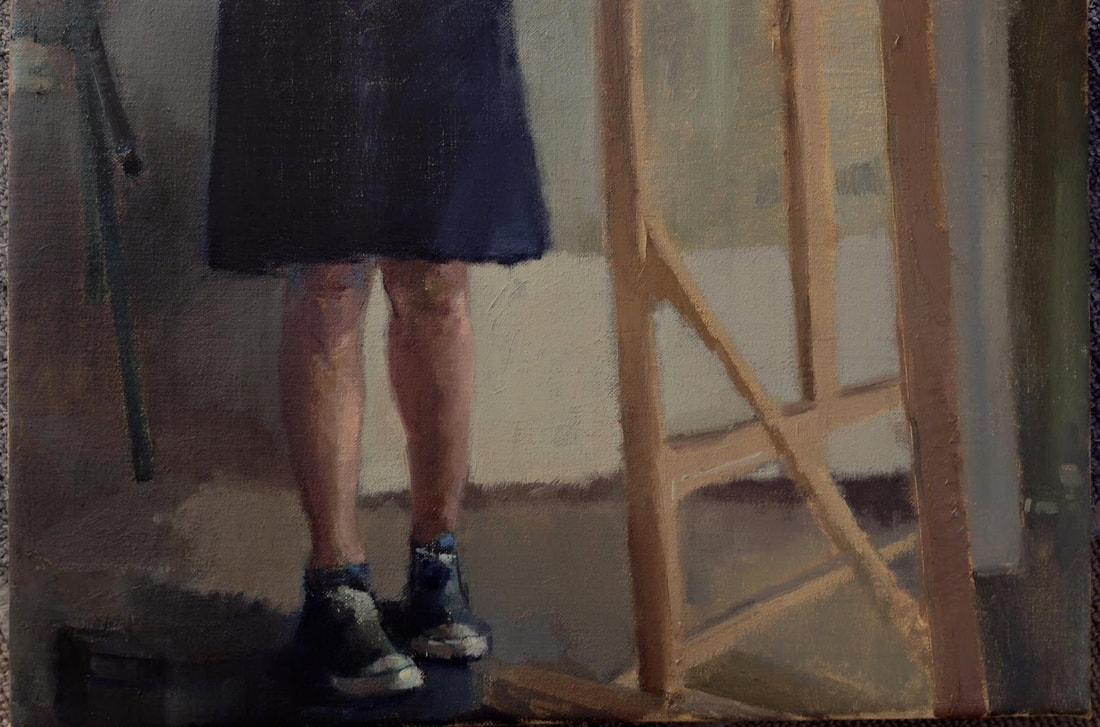
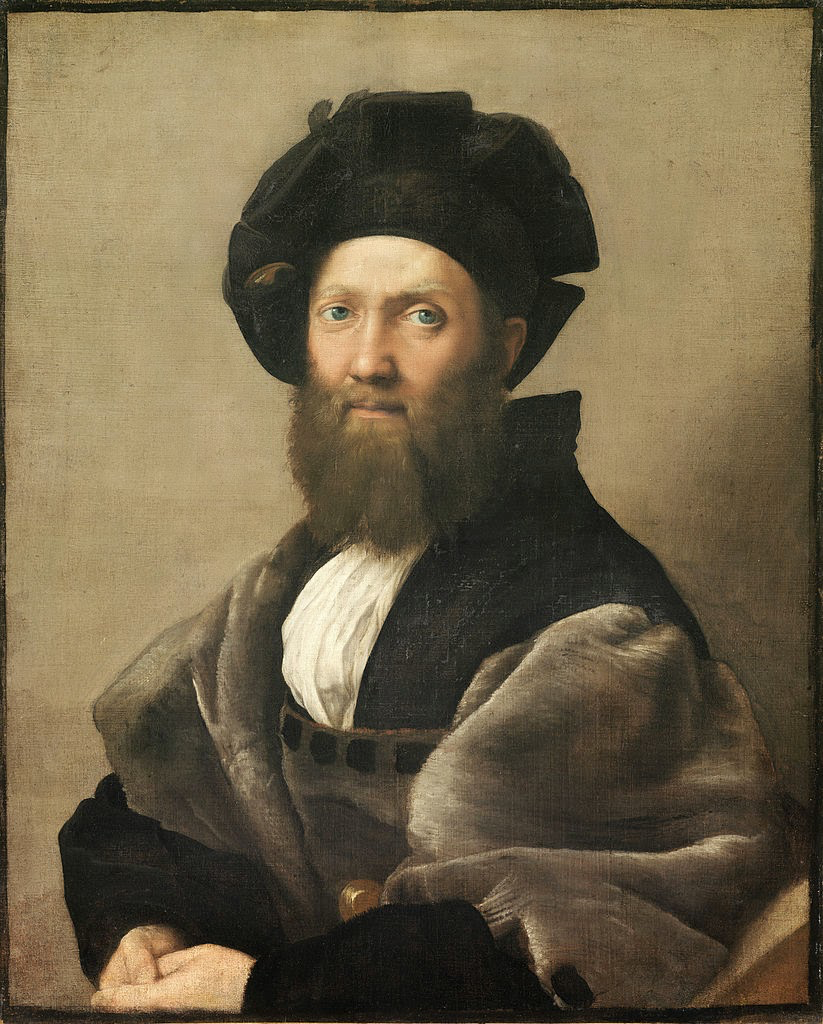
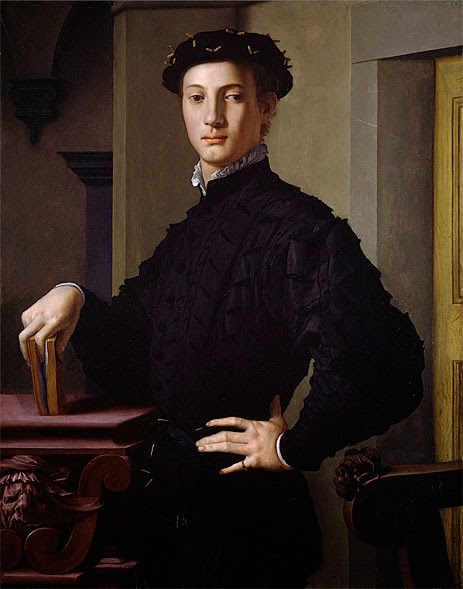
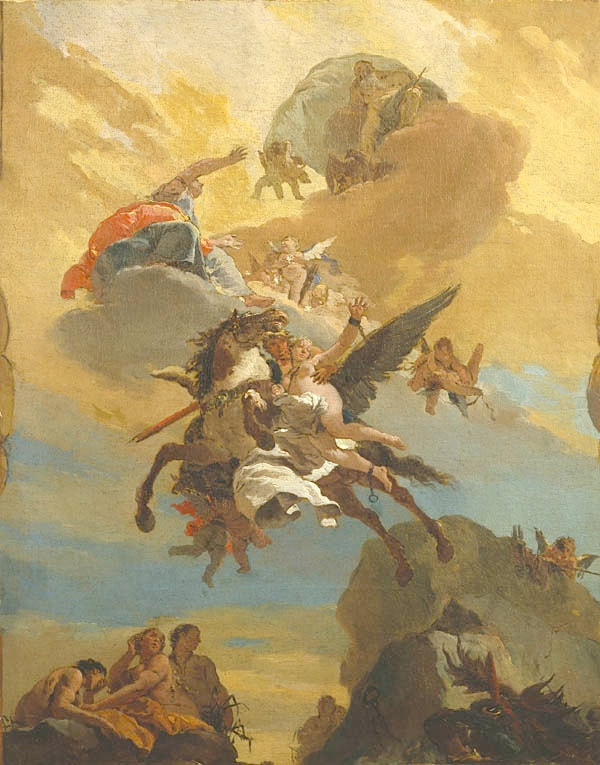
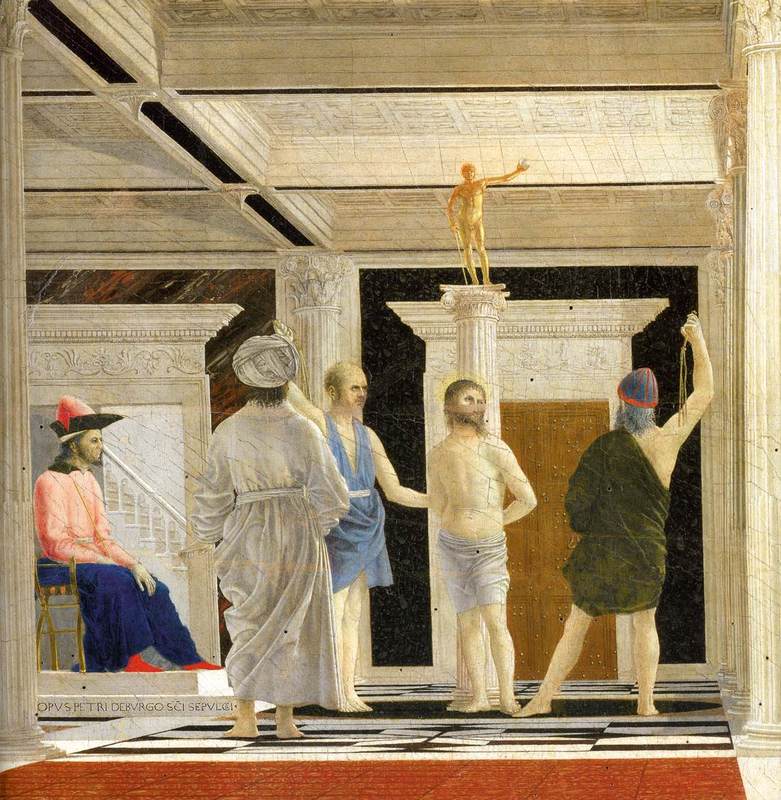
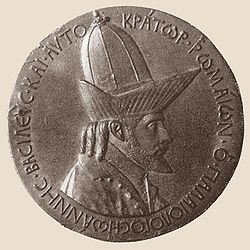
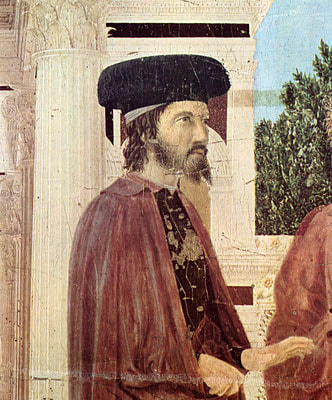
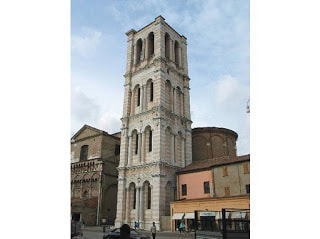
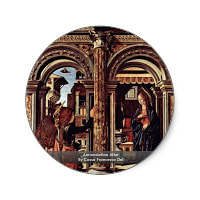
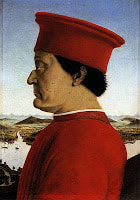
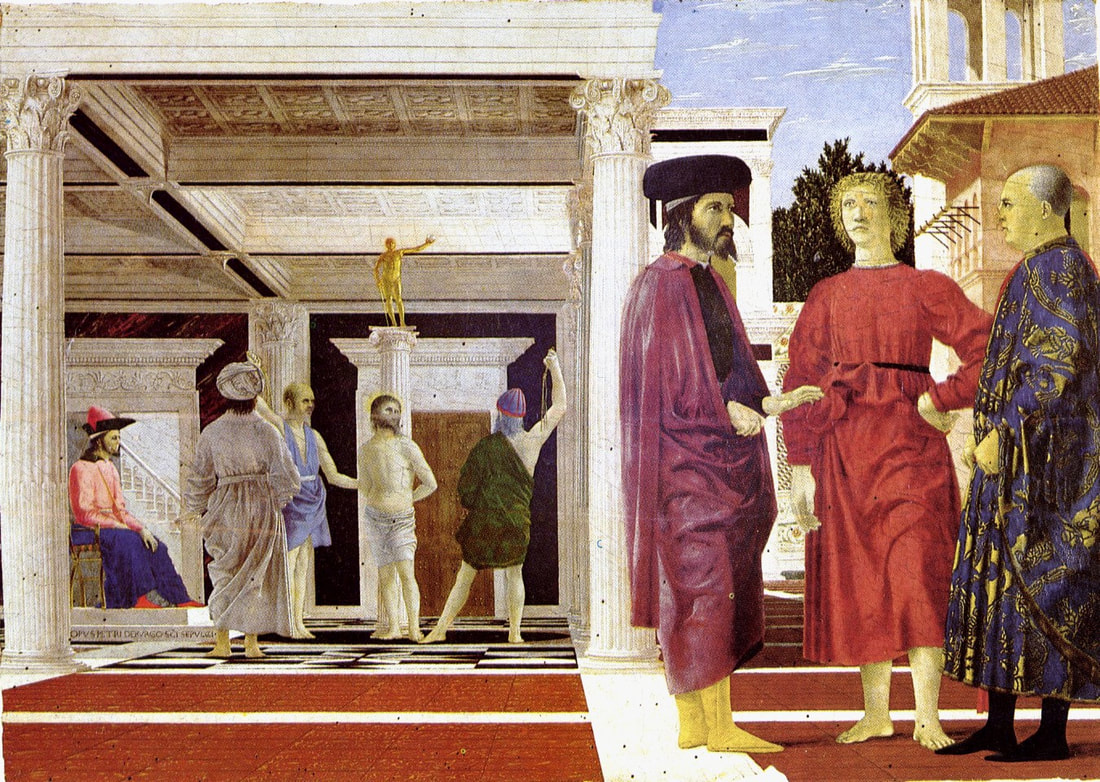
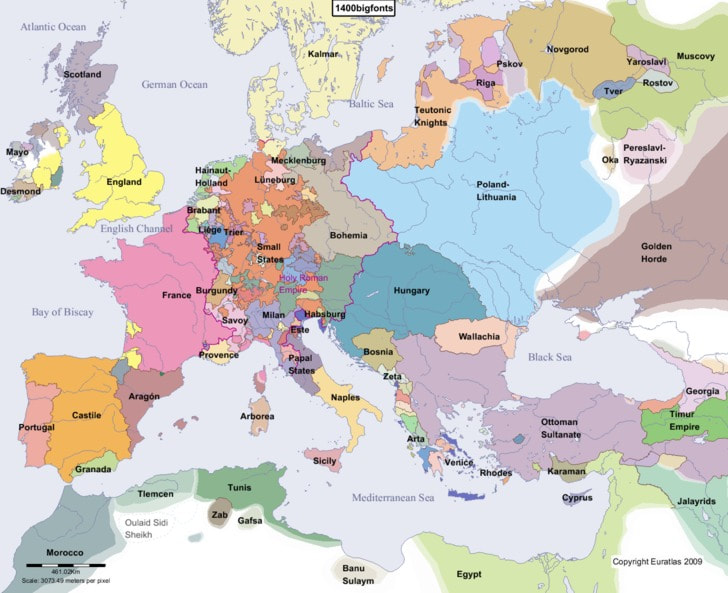
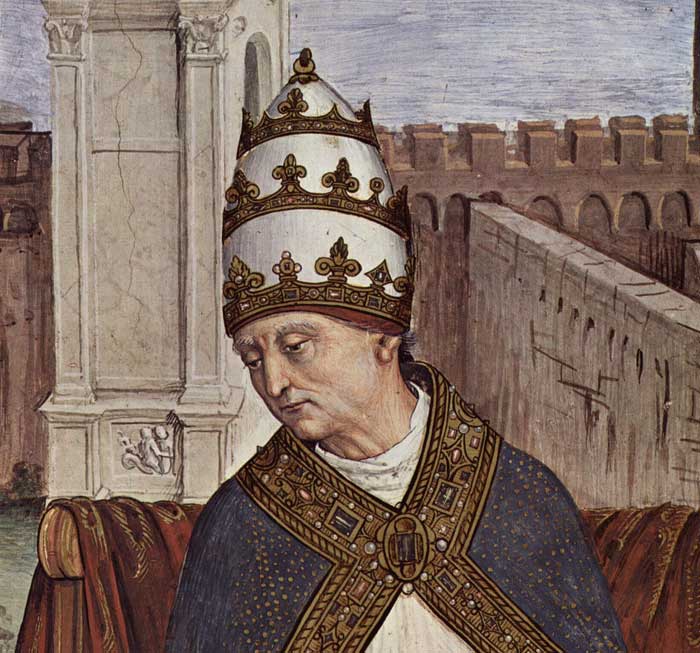
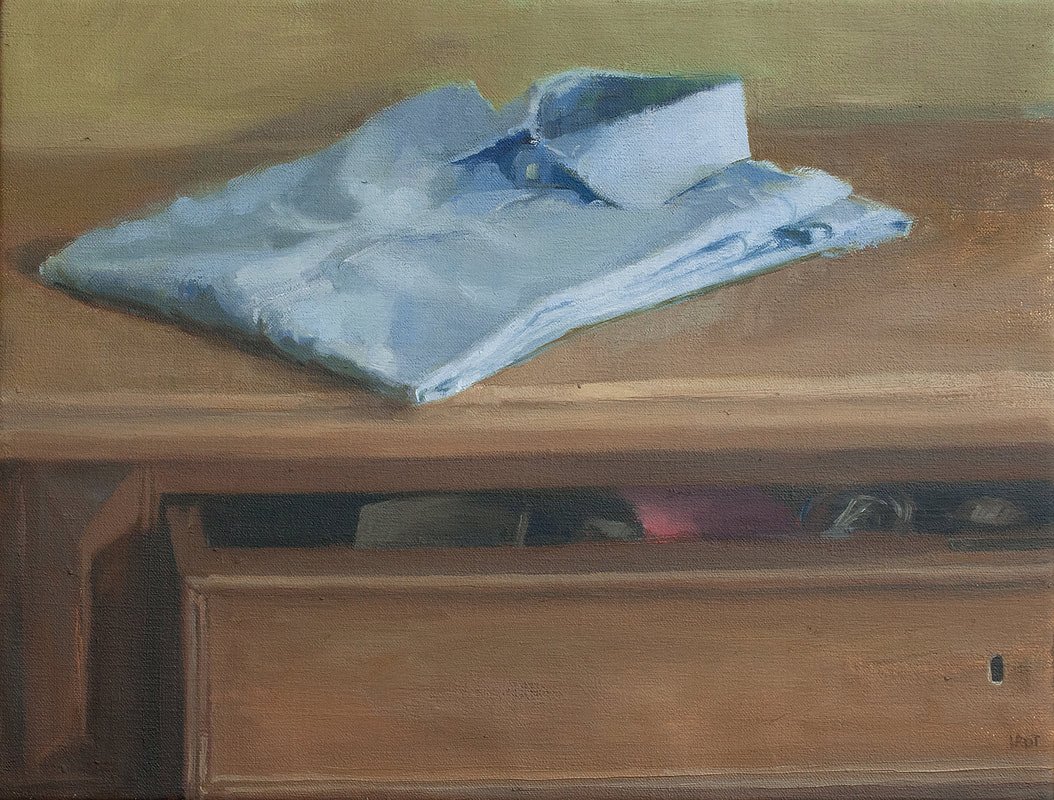
 RSS Feed
RSS Feed